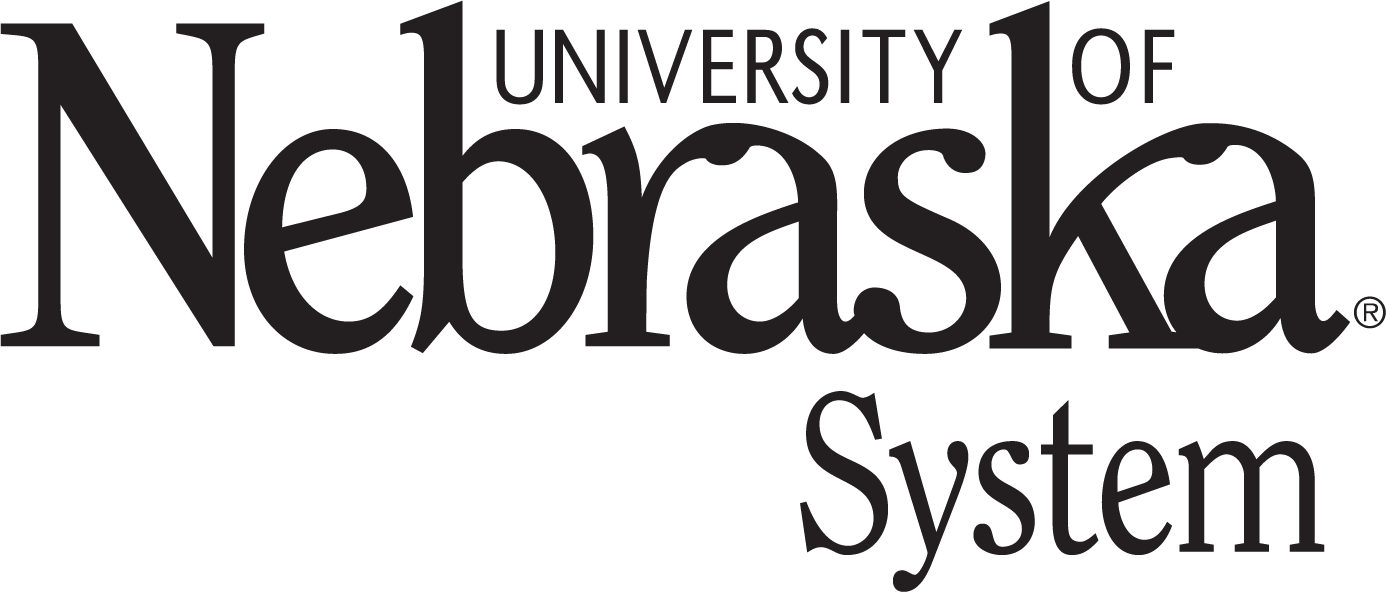5 Service Learning
Introduction
Service learning has reported to have positive impact on student learning experiences, especially with regard to affective outcomes.1,2 The literature contains a multitude of service learning examples in chemistry over several decades with two main type of service learning experiences emerging: chemistry students preforming analytical work for community partners and chemistry students facilitating learning experiences or scientific experiences for younger students. In recent years faculty have utilized service learning to support targeted outcomes such as improved communication. The examples from the chemistry literature demonstrate the variety of forms that service learning can take depending on the desired outcomes, community partners, and institutional support for service learning.
College students as teachers or facilitators in the community
- Harrison, Melinda A., David Dunbar, and David Lopatto. “Using pamphlets to teach biochemistry: A service-learning project.” Journal of Chemical Education 90.2 (2013): 210-214.
- Tomat, Elisa. “Chemistry Discovery: A service-learning outreach course produces a workshop series for middle-school students.” Journal of chemical education 97.11 (2020): 4019-4025.
- LaRiviere, Frederick J., Lisa M. Miller, and Julie T. Millard. “Showing the true face of chemistry in a service-learning outreach course.” Journal of Chemical Education 84.10 (2007): 1636.
College students performing chemical analysis for community partners
- Miller, Andrew, and Alan Gift. “Community awareness and service learning in Analytical Chemistry laboratories.” Journal of Chemical Education 96.7 (2019): 1395-1400.
- Dameris, Logan, Hannah Frerker, and H. Darrell Iler. “The southern Illinois well water quality project: a service-learning project in environmental chemistry.” Journal of Chemical Education 97.3 (2019): 668-674.
- Heider, Emily C., et al. “Quantifying sucralose in a water-treatment wetlands: Service-learning in the analytical chemistry laboratory.” Journal of Chemical Education 95.4 (2018): 535-542.
- Kesner, Laya, and Edward M. Eyring. “Service-learning general chemistry: Lead paint analyses.” Journal of Chemical Education 76.7 (1999): 920.
Service Learning Project with targeted outcomes
- Najmr, Stan, et al. “A service-learning chemistry course as a model to improve undergraduate scientific communication skills.” Journal of Chemical Education 95.4 (2018): 528-534.
- McGowin, Audrey E., and Rebecca Teed. “Increasing expression of civic-engagement values by students in a service-learning chemistry course.” Journal of Chemical Education 96.10 (2019): 2158-2166.
Resources for Implementation of Service projects
- Carleton College Experiential and Service Learning
- Sutheimer, Susan. “Strategies to simplify service-learning efforts in chemistry.” Journal of Chemical Education 85.2 (2008): 231.
- Faulconer, Emily, and C. J. Y. Kam. “Service-learning in undergraduate general chemistry: A review.” Journal of Experiential Education 46.1 (2023): 32-51.
Key Takeaways
- Service learning provides a rich source of opportunities for student engagement
- It is a labor intensive endeavor on the part of faculty and student
- While student feedback tends to be positive, there are opportunities for further study on the impact of service learning
1. Flinders, Brooke A. “Service-learning pedagogy: Benefits of a learning community approach.” Journal of College Teaching & Learning 10.3 (2013): 159-165.
2. Burton, Casey, and Marcia A. Winter. “Benefits of service-learning for students during the COVID-19 crisis: Two case studies.” Scholarship of Teaching and Learning in Psychology (2021).
